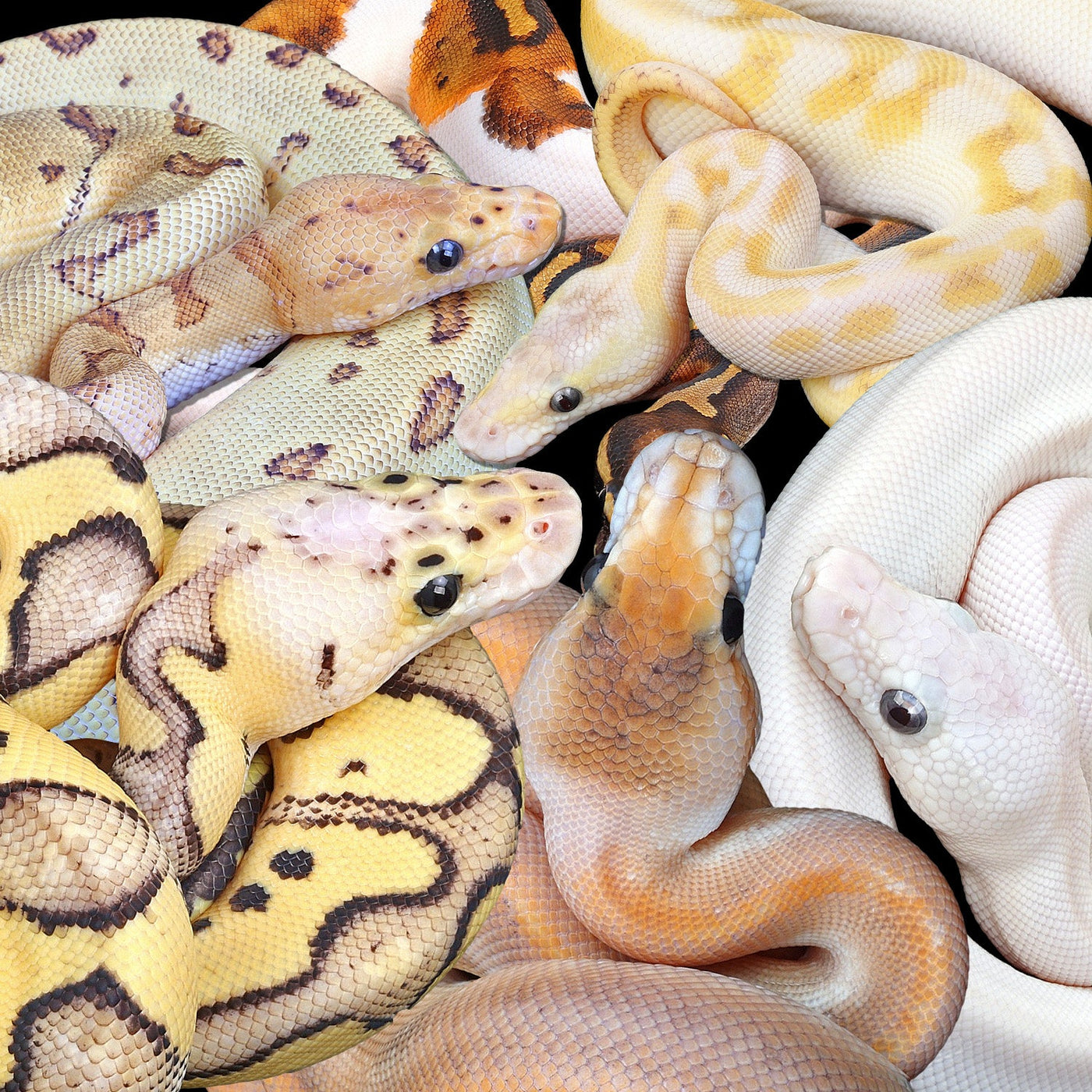Plants for ball pythons play a vital role in creating a healthy and stimulating enclosure. Whether you choose live or artificial plants, this guide provides essential information to ensure your pet’s well-being and enrich their environment.
From understanding the benefits of live plants to navigating the potential risks of toxic plants, this comprehensive guide covers everything you need to know about plants for ball pythons.
Plants for Ball Python Enclosures

Live plants provide numerous benefits to ball python enclosures, such as creating a more natural habitat, improving air quality, and offering hiding and climbing opportunities. Here’s a list of suitable live plants and their specific care requirements:
Pothos
- Light: Tolerates low to bright indirect light.
- Water: Allow soil to dry out slightly between waterings.
- Humidity: Prefers moderate to high humidity.
Snake Plant
- Light: Adaptable to low to bright indirect light.
- Water: Drought-tolerant; water sparingly.
- Humidity: Tolerates low to moderate humidity.
ZZ Plant
- Light: Low light tolerant, but prefers indirect light.
- Water: Water only when soil is completely dry.
- Humidity: Tolerates low humidity.
Peace Lily, Plants for ball pythons
- Light: Prefers bright indirect light, but tolerates low light.
- Water: Keep soil moist, but avoid overwatering.
- Humidity: Appreciates high humidity.
Spider Plant
- Light: Bright indirect light is ideal.
- Water: Allow soil to dry out partially between waterings.
- Humidity: Prefers moderate to high humidity.
Boston Fern
- Light: Prefers bright indirect light.
- Water: Keep soil evenly moist.
- Humidity: Requires high humidity.
Artificial Plants for Ball Python Enclosures

Artificial plants offer a practical and versatile alternative to live plants in ball python enclosures. They provide several benefits, including durability, ease of maintenance, and the ability to create specific aesthetics.
When choosing artificial plants for a ball python enclosure, consider the following factors:
- Durability: Artificial plants should be made of sturdy materials that can withstand the active nature of ball pythons.
- Safety: Avoid plants with sharp edges or toxic materials that could harm your snake.
- Realism: Opt for plants that closely resemble live counterparts to provide a natural environment for your ball python.
- Variety: A mix of different plant species and sizes can create a stimulating and enriching enclosure.
Care and Maintenance
While artificial plants require less maintenance than live plants, they still need occasional cleaning to prevent the accumulation of dust and debris. Wipe down plants regularly with a damp cloth or use a soft brush to remove any particles. For deeper cleaning, remove the plants from the enclosure and soak them in a mild bleach solution for 15-20 minutes, followed by a thorough rinse with water.
Plant Toxicity for Ball Pythons: Plants For Ball Pythons

Ball pythons are non-venomous snakes native to sub-Saharan Africa. Like many other reptiles, they are sensitive to certain plants and their toxins. As a responsible pet owner, it’s crucial to be aware of which plants are toxic to ball pythons and to avoid using them in their enclosures.
Common Toxic Plants for Ball Pythons
The following table lists some common plants that are toxic to ball pythons:
| Plant Name | Toxic Effects |
|---|---|
| Dieffenbachia | Contains calcium oxalate crystals, which can cause severe irritation to the mouth, throat, and digestive tract. |
| Philodendron | Contains insoluble calcium oxalates, which can cause irritation to the mouth, throat, and digestive tract. |
| Pothos | Contains insoluble calcium oxalates, which can cause irritation to the mouth, throat, and digestive tract. |
| Snake plant | Contains saponins, which can cause nausea, vomiting, and diarrhea. |
| ZZ plant | Contains cycasin, which can cause liver damage. |
It’s important to note that this is not an exhaustive list, and there may be other plants that are toxic to ball pythons. If you are unsure whether a particular plant is safe for your ball python, it’s best to err on the side of caution and avoid using it.
Identifying and Avoiding Toxic Plants
When selecting plants for your ball python enclosure, it’s important to do your research and identify any potential toxins. You can consult with a veterinarian, a local nursery, or online resources to determine which plants are safe for your pet.
If you are unsure whether a particular plant is safe, it’s best to avoid using it. There are many non-toxic plants that are safe for ball pythons, such as:
- Spider plant
- Chinese evergreen
- Prayer plant
- Boston fern
- Bird’s nest fern
By following these guidelines, you can help ensure that your ball python has a safe and healthy environment.

When considering plants for ball pythons, it’s crucial to ensure their safety and well-being. Research suggests that certain plants can provide hiding spots, enrichment, and even promote humidity levels in their enclosures. For instance, a 10311 cement plant road study found that live plants, such as snake plants and pothos, significantly improved the overall health and behavior of ball pythons.
One of the key considerations for ball python owners is providing the right plants for their enclosures. Certain species, such as pothos and snake plants, are known to be safe and beneficial for ball pythons. While researching these plants, you may come across references to the dania beach power plant . This power plant is located in Florida and has been a topic of discussion due to its impact on the local environment.
However, it’s important to note that the power plant is not directly related to the care of ball pythons or the selection of plants for their enclosures.
For ball pythons, plants provide hiding places and mental stimulation. One such plant is the pepper plant gilroy , known for its spicy leaves and compact growth. Its dense foliage offers ample cover, while its non-toxic nature ensures the well-being of the snake.
Additionally, the plant’s air-purifying qualities contribute to a healthier enclosure for the ball python.